Clancy Tucker's Blog, page 184
June 20, 2017
21 June 2017 - WEIRD STUFF

WEIRD STUFF
G'day folks,
Welcome to some weird photographs from around the world.


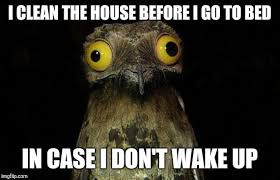











Clancy's comment: I love these.
I'm ...


Published on June 20, 2017 05:02
June 19, 2017
20 June 2017 - GROSSINGER’S - THE LOST HOLIDAY RESORT
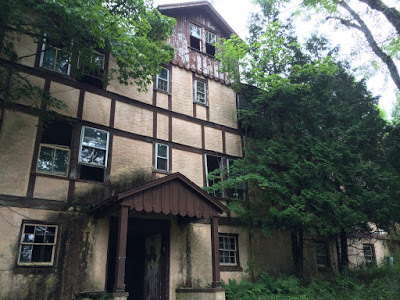
GROSSINGER’S THE LOST HOLIDAY RESORT
G'day folks,
Hidden away in upstate New York, about two hours north of Manhattan, lies a forgotten holiday resort. Fifty years ago, it would have been the height of luxury for well heeled New Yorkers to come here, escaping from the Metropolis to the seclusion of the Catskill Mountains, to a place called Grossinger’s.
It had opened in 1917 as a modest, family run hotel located in the hills overlooking the small town of Liberty, New York, by a married immigrant couple from Austria, Asher Selig and Malka Grossinger. But by the 1950s, overseen by their elegantly dressed, socialite daughter Jennie, Grossinger’s had grown into one of the most luxurious holiday destinations imaginable.
With three swimming pools, tennis courts, grand ballrooms, night clubs and hotel rooms, Grossinger’s welcomed over 150,000 pleasure seekers every year to a resort twice the size of Monaco.
Grossinger’s was part of what was known as the ‘Borscht Belt’, a collection of summer resorts in the Catskills for affluent, mostly Jewish New Yorkers. Holiday makers flocked to resorts such as the Overlook, the Laurels Hotel and Country Club, and the Shawanga Lodge. But the grandest of them all was Grossinger’s.
Guests could enjoy a dining room large enough to seat 1,700, before adjourning to the opulent Terrace Room night club, or the glitzy Pink Elephant bar, to be entertained by the likes of Mel Brooks, Milton Berle or Jack Benny. Grossinger’s was so exclusive that Eddie Fisher chose to marry Elizabeth Taylor here, and vast enough, that it had its own airfield.
It was the first place in the United States to offer artificial snow to summer skiers. The name of Grossinger’s might have faded from memory, but in the 1950s, it was the height of New York glamour; it was described in one review from 1954 as “to resort hotels as Bergdorf Goodman is to department stores, Cadillac to cars, and mink to furs.”
But by the 1980s, Grossinger’s was virtually bankrupt. Cheaper airfares made summer holidays to Florida and other more exotic locations further afield possible, and the Borscht Belt became all but forgotten. Losing nearly $1.8 million in 1985, the grand old resort finally closed its doors for good a year later.
Ever since, the abandoned holiday resort has gradually fallen apart. The hotel rooms lie empty, the tennis courts are covered with weeds. Now, check out some photographs of this amazing place.








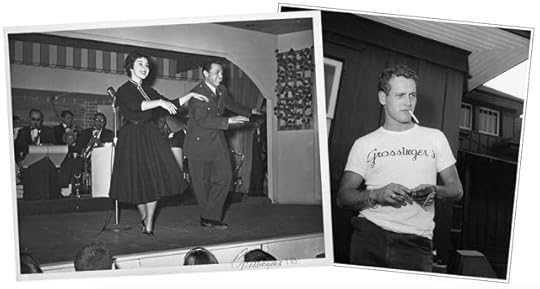


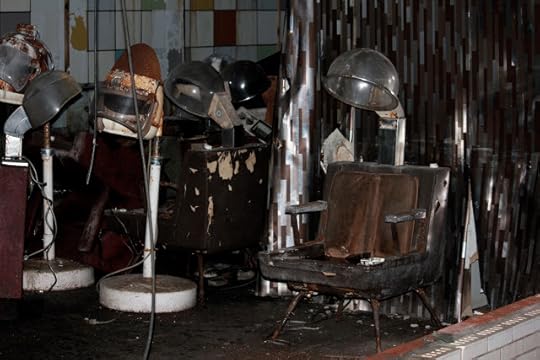


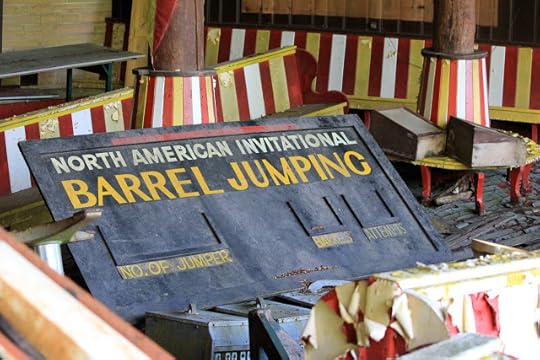





Clancy's comment: Wow, what a waste.
I'm ...


Published on June 19, 2017 04:12
June 18, 2017
19 June 2017 - BIRDS THAT USE TOOLS
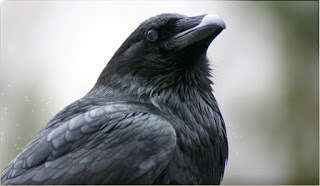
BIRDS THAT USE TOOLS
G'day folks,
Here are some interesting facts about birds that use tools. Corvidae is a cosmopolitan family of oscine passerine birds that contains the crows, ravens, rooks, jackdaws, jays, magpies, treepies, choughs, and nutcrackers. In common English, they are known as the crow family, or, more technically, corvids.
In the past, people thought birds were stupid, hence the term ‘bird-brained’. But in fact, some of our feathered friends are far cleverer than we might think. Tool use has now been found in a number of different birds.
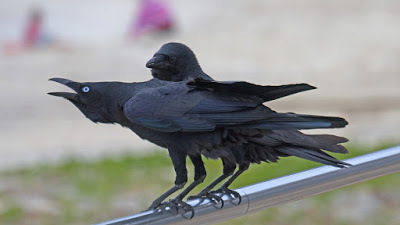
One group in particular, the corvids, has astonished scientists with extraordinary feats of memory, an ability to employ complex social reasoning and, perhaps most strikingly, a remarkable aptitude for crafting and using tools. It's ability to problem solve as well as use tools is quite remarkable!
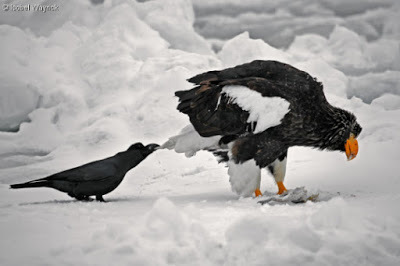
The corvids – a group that includes crows, ravens, rooks, jackdaws, jays and magpies – contains some of the most interesting species of bird. When living with others it is advantageous to be intelligent enough to recognize other individuals, to form alliances and to foster mutually beneficial relationships.
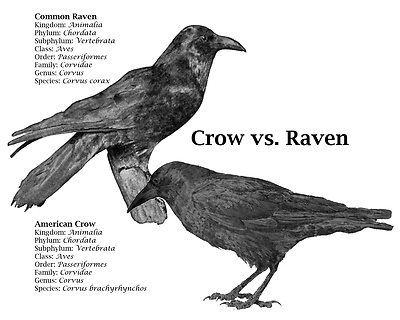
Although the intelligence of many species of bird is impressive, it is perhaps their physical intelligence, and in particular their tool use, that has stirred the most interest.

Recent studies reveal that corvids’ tool-use may at least rival, and even surpass, that of primates, such as chimpanzees. Christopher Bird, who is based at the department of zoology at Cambridge University in the UK says: “I would rate corvids as being as intelligent as primates in many ways.”
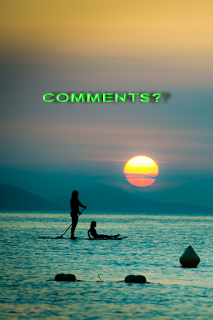
Clancy's comment: Another interesting and smart creature.
I'm ...


Published on June 18, 2017 15:09
June 17, 2017
18 June 2017 - MIKE KOWIS - Guest Author
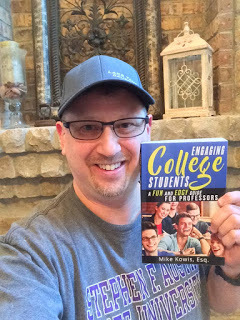
MIKE KOWIS
- Guest Author -
G'day folks,
Today, I interview a man who has written a book that you writers might be interested in.
Welcome, Mike ...
1. TELL US A LITTLE ABOUT YOURSELF AND YOUR WRITING JOURNEY.
Howdy! I grew up in the piney woods of East Texas. A small town boy with big dreams of someday becoming an auto mechanic, master chef or corporate lawyer. I couldn’t decide which to choose, so my parents wisely suggested that I pursue a full-time legal career and do mechanic work and cook as hobbies on the weekend. Thanks to their sage advice, a little hard work and a lot of dumb luck, I’m now enjoying three careers as an in-house tax attorney for a Fortune 500 company, a part-time college instructor at a large community college and an award-winning author. I got lucky. Or as they say in Texas, even a blind hog can find an acorn every once in a while.
2. WHEN AND HOW DID YOU BECOME A WRITER?
I give full credit to Mrs. Judy Webb, my eighth-grade English teacher at Woodrow Wilson Junior High in Dayton, Texas, for being the first person to recognize the potential writer in me. She signed me up for her UIL Ready Writing team (a school-sponsored writing competition for nerds like me!) and encouraged me to express myself though creative writing. Without nurturing teachers like Mrs. Webb, many writers would probably never develop their craft and share their ideas with the world. Thank you teachers!
3. DID YOU LEARN ANYTHING SURPRISING WHILE WRITING YOUR FIRST BOOK?
I learned there is a difference between legal writing and book writing. After two decades of practicing tax law, I consider myself to be a fairly competent legal writer. Sloppy legal writing can have dire consequences, especially when drafting a contract or legal opinion involving a multi-million dollar transaction. It’s critical for lawyers like myself to draft precise language that is often repetitive, tedious to read, overly detailed, and leaves nothing to the imagination of the reader.
While drafting and editing my first book’s manuscript, I quickly discovered that my legal writing style is too technical and boring for book writing purposes. With the help of my talented editor (Geoff Smith of Brooklyn, NY), I learned how to write prose in a more natural style and let the reader make logical assumptions based on the language. This resulted in a more free-flowing style that is much more fun to read.
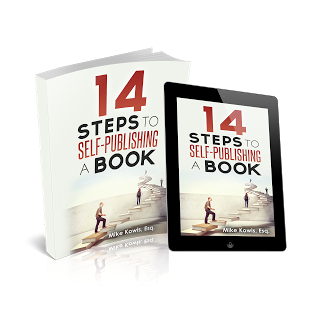
4. WHAT DO YOU ENJOY MOST ABOUT BEING A WRITER?
I love hearing from readers who say that my book helped them in some small way and/or entertained them. It is rewarding to know that my writings somehow made a difference in others’ lives, even if it was just to give them a few simple tips to try or bring a smile to their face.
5. WHAT IS THE HARDEST THING ABOUT BEING A WRITER?
The biggest challenge I face is promoting my books so that others can read and learn from them. It saddens me to think that my books could potentially help thousands of aspiring authors and future college instructors, but many folks will never have that opportunity because they haven’t yet heard about these helpful books.
6. WHAT IS YOUR GREATEST WRITING ACHIEVEMENT?
I felt honoured when my debut book, Engaging College Students: A Fun and Edgy Guide for Professors, was recently selected as the solo Medalist Winner in the Education category of the 2016 New Apple Book Awards for Excellence in Independent Publishing. To me, that award provides much-needed validation of my writing chops by a third party. More important, it has given me the confidence to write more books.
7. WHAT GENRE DO YOU WRITE?
Both of my books are non-fiction and intended to help others achieve their professional goals of becoming a published author or an engaging college instructor. I hope to write more non-fiction books to help others.
8. DO YOU HAVE ANY TIPS FOR NEW WRITERS?
Write what you love. If you stick to this advice, you are more likely to finish writing the book and (more important) your passion will bleed through on the pages to inspire, educate and entertain your readers.

9. DO YOU SUFFER FROM WRITER’S BLOCK?
Sadly, yes. While writing my first book, I came down with a severe case of writer’s block not once, but twice. When I say writers’ block, I mean a full-blown “I can’t type another word” brain fart. Writers’ block left me feeling frustrated and hopeless because I had never endured this problem in my legal career, which requires me to write daily.
Both times this happened, I sought help and developmental edits from my muse and trusted editor, Geoff Smith of Brooklyn, NY. Without fail, he was able to unstick my keyboard and give me fresh ideas to write about. Without his inspiration and sage advice, my first book and dreams of becoming a published author would have died on the vine long ago.
10. WHAT IS YOUR GREATEST JOY IN WRITING?
My greatest joy in the book writing journey is the day of the book launch. After staring at a computer screen for many months or years, it is fulfilling to finally hold the finished product in my hands.

11. WHAT’S THE GREATEST COMPLIMENT YOU EVER RECEIVED FROM A READER?
When I finished the manuscript for my debut book about college teaching, I asked my favorite former college professor, Dr. Timothy Clipson of Stephen F. Austin State University, to be a beta reader and give me his feedback. Since my college days, I have looked up to Dr. Clipson as a mentor and role model. In fact, I try to mimic his lecture style whenever I teach because he is so effective in the classroom. So it meant the world to me to receive his response as follows:
“I really, really, really love the book.
I am certain that you are an outstanding teacher and that you not only enjoy teaching, but your students also love coming to your class because they know: 1. that you care, 2. that they will actually enjoy the learning process, and 3. they will leave with something that will benefit them.
You may be upset, but I have little to say in terms of suggestions for your book. I loved it, your humor, the easy read, and the message.”
12. OTHER THAN WRITING, WHAT ELSE DO YOU LOVE?
You might say that I have the heart of a teacher. I love teaching and helping students reach their educational goals. As I see it, writing non-fiction books is no different than teaching. In both roles, my goals are the same - to connect with the audience, impart a little wisdom and levity, and leave them a little better off than they were before our paths crossed.

13. WHAT DO YOU DO FOR FUN/HOBBIES?
My favorite hobby is cross-country racing in All-Terrain Vehicles or Side-by-Sides. My love for the sport goes back to my adventurous youth when I spent my free time exploring the wooded trails and river-bottom areas of East Texas on my 1984 Honda three-wheeler. For those unfamiliar, cross-country racing is an hour-long race set on a three-to-four mile course through tight woods, open pastures, muddy creek crossings, steep hills, and other treacherous terrain. Whoever completes the most laps in the least amount of time is the winner. It’s a real challenge just to finish. The best part is that my teenage son rides along as co-pilot and we tackle the course together. Yee haw!
DID YOU HAVE YOUR BOOK / BOOKS PROFESSIONALLY EDITED BEFORE PUBLICATION?
Absolutely. Professional editing is required even for someone like me, an experienced lawyer who writes and self-edits legal documents on a daily basis. It never hurts to have a fresh set of eyes review your work to provide perspective and catch minor errors that are easily overlooked after you have read the same sentences ten times.
In fact, Step One of my new book, 14 Steps to Self-Publishing a Book, strongly recommends having your final manuscript professionally copyedited along with other practical tips like having it reviewed by beta readers and obtaining written permission to use other’s likeness, quotes or photographs in your book. These are all critical steps towards producing a high-quality book that actually sells.
14. WHAT ARE YOUR PLANS FOR THE FUTURE?
After retirement from my legal career, I plan to focus my efforts on teaching college classes and writing books. I’ll be honest. If teaching and writing paid as much as my legal career, I’d retire today!
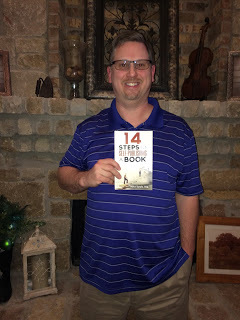
15. DOES THE PUBLISHING INDUSTRY FRUSTRATE YOU?
In my humble opinion, the process of getting a book published by a traditional publishing house takes way too long and results in giving up too much control over the final product.
Before I self-published my first book, I decided to forego finding a book agent because that process can sometimes take several months or years to find a willing agent. Instead, I pitched my book proposal directly to three dozen traditional publishing houses and university presses simultaneously.
Waiting three months to receive responses from these publishers was painful. Not receiving any acceptances was heart-breaking (one traditional press expressed initial interest, but only if I was willing to censor some of the language in the book).
Luckily, I had a back-up plan to self-publish the book, and it worked out well for me. I learned a lot about the publishing process, how to run a small business and this experience ultimately led to writing my second book, a self-publishing guide for aspiring authors. Furthermore, self-publishing allows me to retain full control over my books (cover design selection, language choices, etc.) and keep a bigger share of royalties as compared to the traditional publishing route.

16. HOW WOULD YOU DEFINE ‘SUCCESS’ AS A WRITER?
Success is a funny thing. It means different things to writers depending on their particular goals. For me, I have different goals for each of my books.
For my first book, I spent four long years and thousands of hard-earned dollars in an effort to write a published book that I could be proud of – a long-time personal goal of mine. The day I finally saw my debut book listed for sale on Amazon meant success to me regardless if it sold one book or one million.
For my new book, my goals are simply to reach as many readers as possible with the hope of helping aspiring authors realize their dreams of publishing their first book.
If I ever reach a point where I’m writing to earn a living, success will mean selling enough quality books that help my readers and also result in a decent profit for me. But I’m not at that stage… yet.
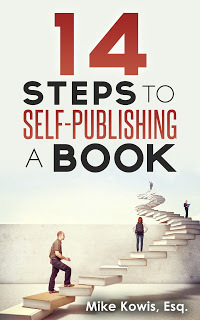
17. DESCRIBE YOURSELF IN FIVE WORDS.
Funny. Supportive. Problem-solver. Adventurous. Christian.
18. WHAT WOULD BE THE VERY LAST SENTENCE YOU’D LIKE TO WRITE?
And THAT is how I became rich and famous! Just kidding. I hope my last sentence adequately expresses the true love I feel for God, my family and friends.
19. WHAT WOULD MAKE YOU HAPPIER THAN YOU ARE NOW? CARE TO SHARE?
I wouldn’t mind if one of my books became a New York Times Best-seller, but I’m not picky. I’ll settle for a few million bucks in the bank and a summer home in Hawaii to share with friends and family.

20. NAME SOMETHING YOU WANT TO TRY, BUT ARE TOO AFRAID.
I love making people laugh. In fact, I often use adult humor and crazy stories during the three-hour college classes that I teach so that my students pay attention and retain the information covered in class. As much as I’ve always wanted to try stand-up comedy, I’ve never had the balls to perform at an open mic night in a comedy club. My lame excuse is that I’m funny by college professor standards, but not funny by professional comedian standards. But who knows. Maybe one day I’ll give it a try and see if I’m as funny as I look.
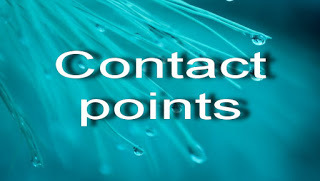
AMAZON
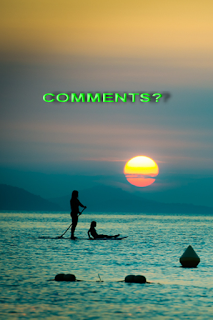
Clancy's comment: Thank you, Mike. Well done. Keep smiling and cracking jokes.
I'm ...


Published on June 17, 2017 14:38
June 16, 2017
17 June 2017 - QUOTES FROM WRITERS

QUOTES FROM WRITERS
G'day folks,
Here are some gathered thoughts for you writers from other writers and authors.

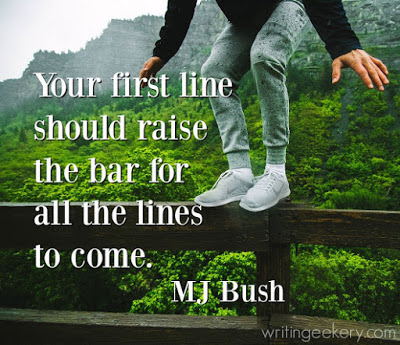

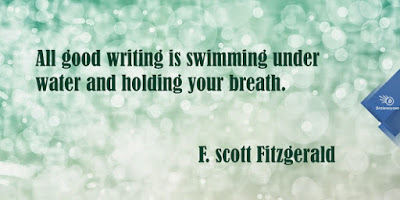


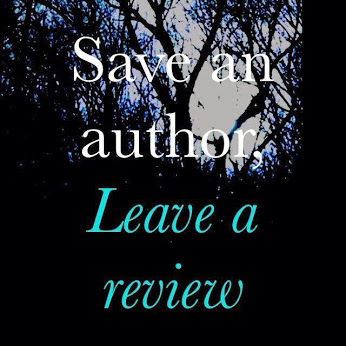

Clancy's comment: Mm ... All worthy of thought. Yep, have courage. Take a deep breath and just write.
I'm ...


Published on June 16, 2017 14:58
June 15, 2017
16 June 2017 - VILLAGE GIVEN 47 DAYS TO LEAVE ...
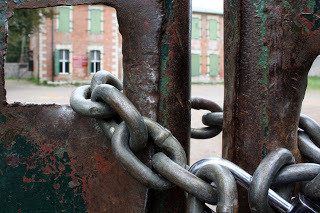
VILLAGE GIVEN 47 DAYS TO LEAVE ...
G'day folks,
Here is yet another reason why we should avoid war at all cost.
A n eviction notice is never the kind of letter you want to receive, but in 1943, the villagers of Imber, on Salisbury Plain, Wiltshire, all received the very same letter, regretting to inform them “that it is necessary to evacuate” their home to be “made available for training by December 17th”, giving them just 47 days to pack up their lives and “quit” Imber, never to return.
Britain was in the middle of a world war and its army, as well as allied American troops, needed a training ground to prepare for landing in Normandy to liberate Europe from Hitler’s grasp.
The kicker is, despite the villagers being ‘liberated’ of their homes, they weren’t actually given anywhere to go. The Ministry of Defence had been quietly acquiring land in the area, including Imber and its surrounding terrain for the potential use of military training as early as 1897.
Army barracks had been built nearby in 1907 and an artillery school in 1920. So the villagers were in fact the military’s tenants, possibly without knowing, long before they received their eviction letters.
Imber’s residents were told, “the Government appreciate that this is no small sacrifice which you are asked to make, but they are sure that you will give this further help towards winning the war with a good heart.”
In the eviction letter, the government offered “to refund to you reasonable expenses incurred by you in respect of the removal of your furniture to your new home, and the travelling expenses … In addition, if you are so unfortunate as not to be able to find alternative accommodation, and it is necessary to remove your furniture to store, the Department will refund the cost of removal to store and reasonable storage charges until you can find another house, or until the Imber area is again open for occupation.”
Imbur never did reopen for occupation of course, and to this day is still used as a military training site, strictly off limits to the public. A year before the mass eviction, a little-known but tragic incident of “friendly fire” at Imber took place during training for a firepower demonstration that was to be attended by Winston Churchill.
An RAF Hawker Hurricane accidentally opened fire on a crowd of spectators, killing 25 and wounding 71. “Pilot error and bad weather” were blamed for the incident. The pilot himself was killed in action flying over France just a few months later.
The history of Imber village dates back to 967AD. Records from The Doomsday Book (1086), counts 7 households, 50 persons and 2 slaves (according to the Doomsday Book more than 10% of England’s population were slaves at the time).
By 1939, the population was at 152. It’s said the village blacksmith died of a broken heart. “When the time came to evacuate the village they found him slumped over his anvil, crying like a child … Within a month he was dead,” recalls a local historian. He is buried at the village’s 13th century church, which still stands, surrounded by barbed wire.
One farmer had to be forcibly evicted by the army, but reports suggest the eviction of the entire village was relatively easy for the government and was met with little protest– likely due to the fact that most villagers half expected to return to their homes.
Here are some photographs of the village.

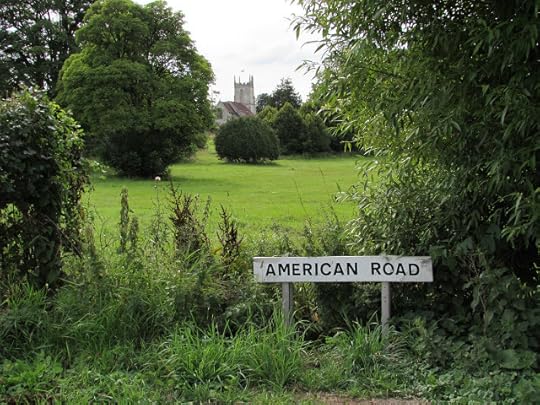

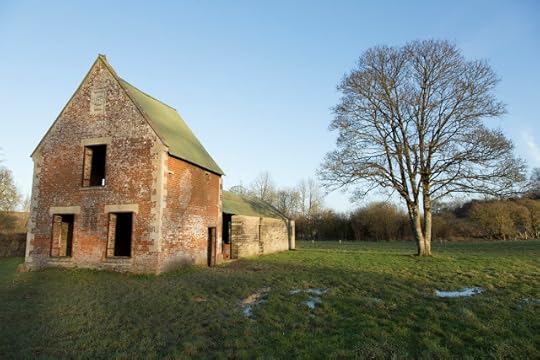






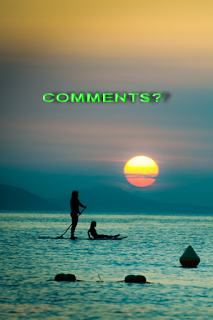
Clancy's comment: Extraordinary. What a bloody waste.
I'm ...


Published on June 15, 2017 14:35
June 14, 2017
15 June 2017 - THE BEAUTY OF SOUTHERN ENGLAND

THE BEAUTY OF SOUTHERN ENGLAND
G'day folks,
Any photographer worth his or her salt has visited this part of the world and drooled. Check out these pearlers.


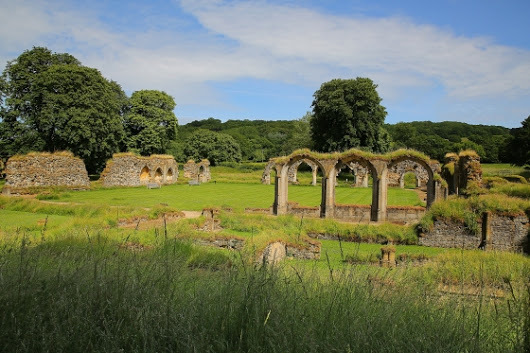


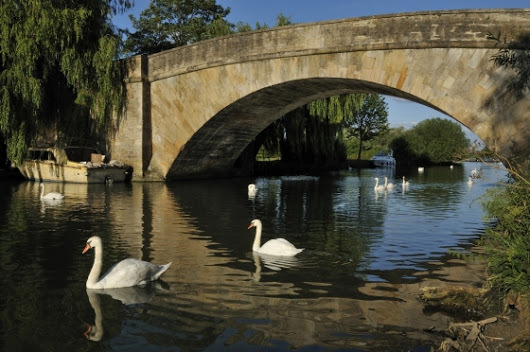

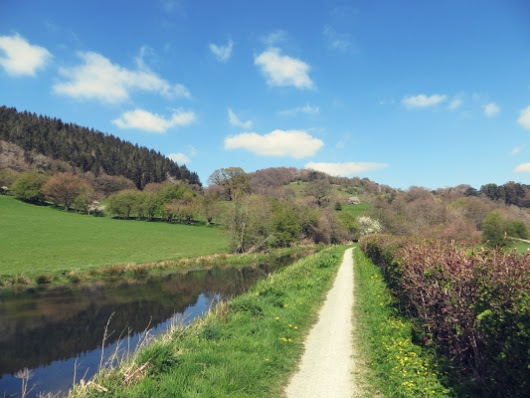


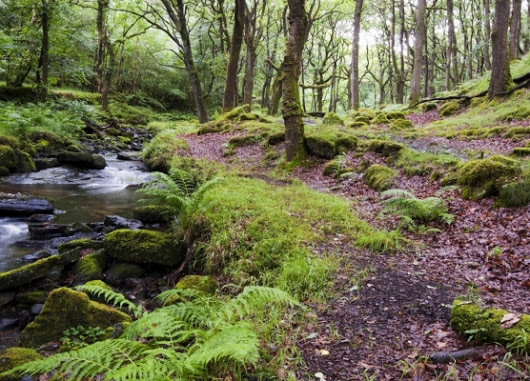

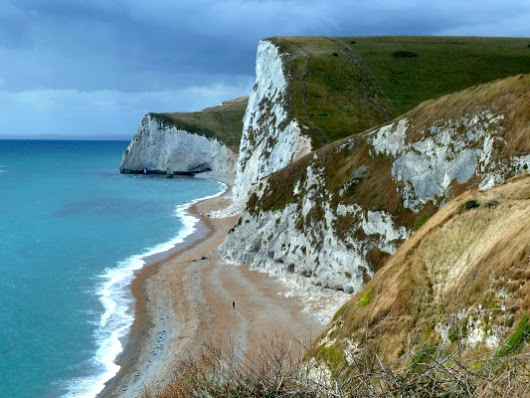



Clancy's comment: Wonderful, eh?
I'm ...

Published on June 14, 2017 14:52
June 13, 2017
14 June 2017 - LOST WORDS

LOST WORDS
G'day folks,
Here are some more words that seem to have disappeared from use. Brace yourself ...
gumfiate v 1820 -1820 to cause to swell; to puff up He just had his wisdom teeth extracted, so his cheeks are gumfiated.
gutturniform adj 1886 -1886 shaped like a water pitcher She was never able to mould the clay into a proper gutturniform shape.
gypsation n 1656 -1681 action or process of plastering with gypsum The gypsation of the room took much too long and irritated his allergies.
habroneme adj 1886 -1886 having the appearance of fine threads Her habroneme hair was admired by many hairstylists for its fine texture.
halatinous adj 1886 -1886 saline; salty The halatinous mist brought back memories of his childhood at the seashore.
hecatologue n 1894 -1894 code consisting of 100 rules The teen whined that her parents' list of rules was practically a hecatologue.
helctic adj 1658 -1658 acting to drag or draw out; drawing While leechcraft is derided, it is medicinally useful from a helctic perspective.
hemerine adj 1854 -1886 daily; quotidian The hemerine ritual of walking her dog kept her in good physical shape.
hercotectonic adj 1672 -1672 of or pertaining to the construction of fortifications or walls The fort's hercotectonic strength was insufficient to repel cannon-fire.
hirculation n 1656 -1721 disease of vines where they grow no fruit Despite a fantastic growing season, the vineyard was crippled by hirculation.
hirquitalliency n 1652 -1652 strength of voice The wrestler's hirquitalliency compensated for his lack of strength and talent.
historiaster n 1887 -1894 petty or contemptible historian While Foucault is widely praised today, he was no more than a historiaster.
hiulcity n 1681 -1681 an opening or cleft They stepped into the hiulcity in the cliff face, unaware of the danger within.
homerkin n 1662 -1663 old liquid measure for beer "I'm so thirsty I could drink a homerkin of beer," Simpson lamented.
hymnicide n 1862 -1862 killing of hymns through alterations Many accused the revisionists in the Church of committing hymnicide.
hyometer n 1886 -1886 rain gauge Her homemade hyometer was overwhelmed and destroyed by the deluge.
hypenemious n 1855 -1886 full of wind; windy; of an egg, malformed Let us protect ourselves against the hyenemious assault of the hurricane.
icasm n 1664 -1664 figurative expression He protested at his trial that the death threat he delivered was only an icasm.
ichorescent adj 1684 -1684 growing or becoming ichorous After several months, the carrots were disgustingly ichorescent.
ichthyarchy n 1853 -1853 the domain or rule of fishes Despite his ichthyarchy, Aquaman is really a very pitiful superhero.
ictuate v 1822 -1822 to emphasize; to put metrical stress on
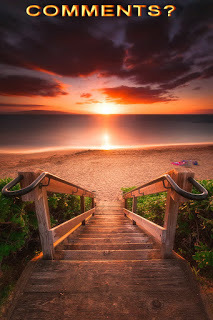
Clancy's comment: Mm ... Is it any wonder they have slipped out of fashion? Hymnicide? Wow, that's a cracker.
I'm ...


Published on June 13, 2017 04:37
June 12, 2017
13 June 2017 - BRILLIANT BLACK AND WHITE

BRILLIANT BLACK AND WHITE
G'day folks,
I love black and white photography. It is so clear and detailed. Having said that, here are some great examples, taken by talented photographers around the world. Many of you will recognise some of these locations.


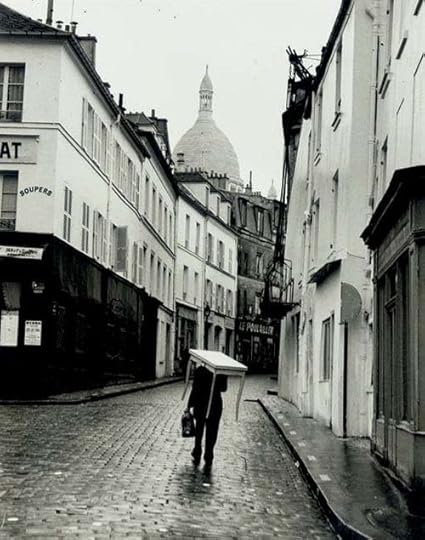










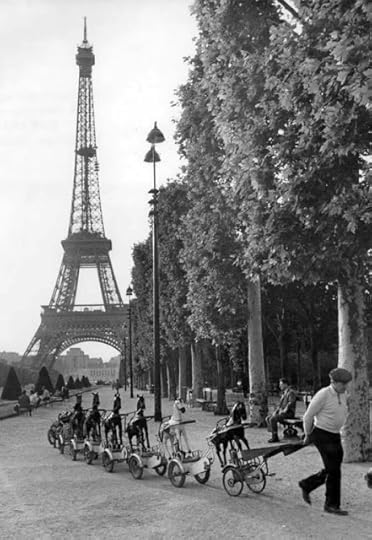
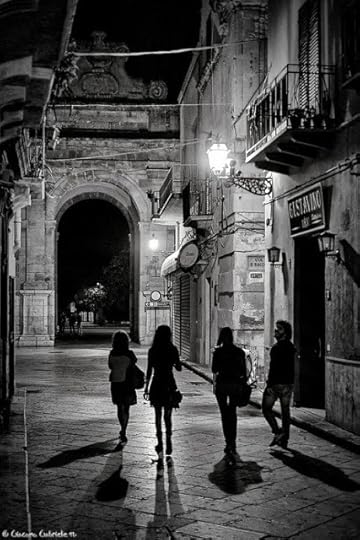

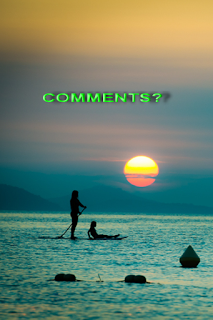
Clancy's comment: Brilliant, eh?I'm ...


Published on June 12, 2017 15:04
June 11, 2017
12 June 2017 - INTERESTING FACTS ABOUT BOTTLENOSE DOLPHINS

INTERESTING FACTS ABOUT BOTTLENOSE DOLPHINS
G'day folks,
Welcome to some interesting facts about the marvellous dolphins. Scientists have observed limited groups of Bottlenose Dolphins around the Australian Pacific using a basic tool.
When searching for fish on the sea floor, many of these dolphins were seen tearing off pieces of sponge and wrapping them around their ‘bottle nose’ to prevent abrasions.
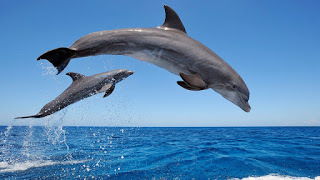
Scientists at Georgetown University in Washington DC believe a single dolphin discovered the foraging technique by chance and then passed it on to her offspring.
The foraging technique came to light a few decades ago – very recently in evolutionary terms – when a local fisherman spotted what looked like a strange tumour on a dolphin’s nose. Researchers eventually worked out that the ‘tumour’ was a conically shaped sponge and it became apparent that the dolphins would spend considerable time searching for one the right shape to fit their nose.
The sponge is used to scatter the sand gently on the sea floor and disturb buried fish. When a fish is spotted, the dolphin drops the sponge and gives chase.

Scientists discovered that although dolphins tried to teach the hunting technique to all their young, it was mainly female offspring that grasped the concept. Why male offspring rarely acquire the same skill remains unclear, though the team put forward one possible explanation: male bottlenose dolphins tend to form close bonds with other males, and such alliances aren’t suited to seabed foraging, since it is a time-consuming, solitary activity.
The US scientists say discovering a new tool is a direct sign of intelligence. “There’s a strong link between animals with larger brains and tool users. Bottlenose dolphins have a brain second in size only to humans.” said Janet Mann, a marine biologist who led the research. “Dolphins are already good at catching fish so they don’t need tools, but they’ve discovered this sponge makes their job easier. Working out how to use tools in a creative way like that is a hallmark of intelligence.”
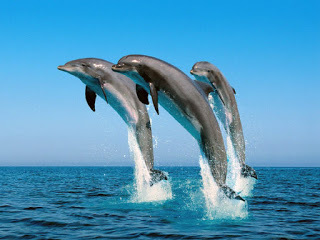
Mann admits we still do not understand dolphins well. “It’s hard to get inside their heads because their brains are constructed differently and it’s very hard to analyse their language, but they do seem very intelligent,” she said.
Dolphins are also often seen engaging in playful behaviour and create tools to use for entertainment. They have been observed blowing bubbles which they form into rings to play with. After creating the bubble ring, a dolphin will use its nose and body to maintain the shape of the bubble and keep it from floating to the surface.

Clancy's comment: I just love these creatures. So smart, and also entertaining.
I'm ...


Published on June 11, 2017 14:41



